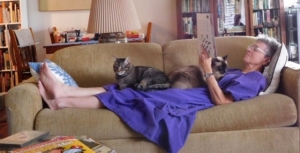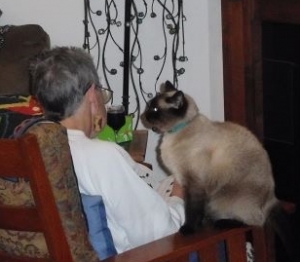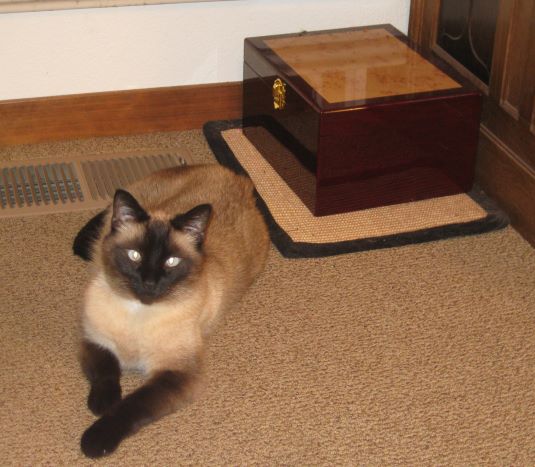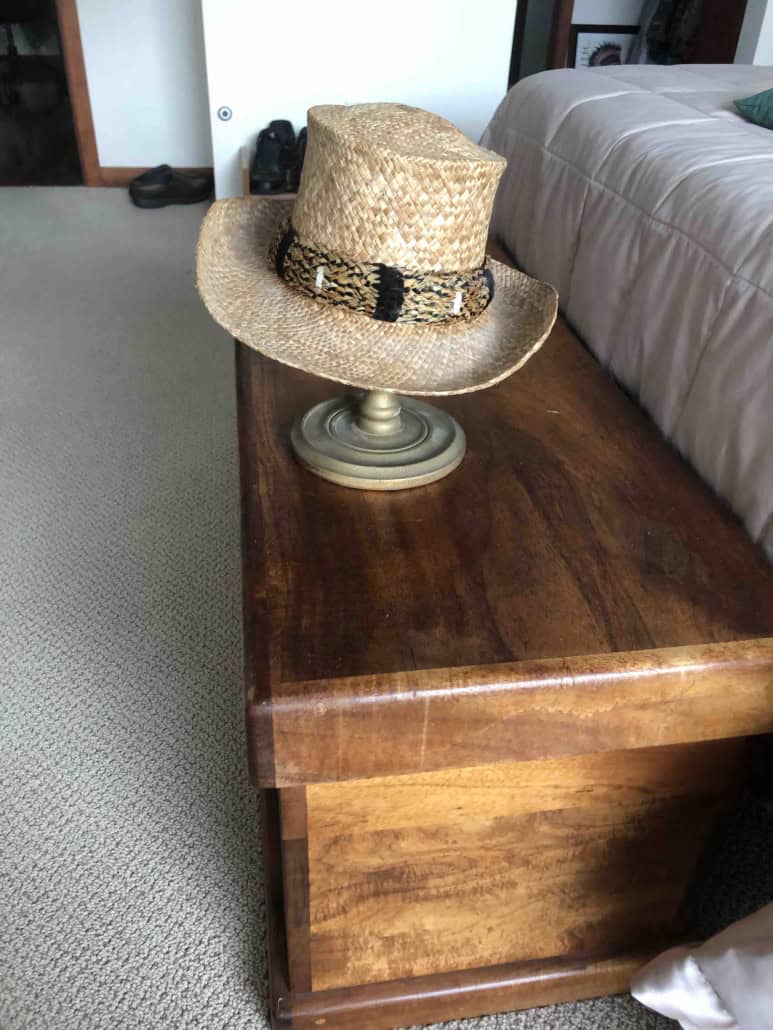Still More Words at Play
Priceless Treasures Excavated by the Consummate Word-miner,
Tom Conger
“When I use a word,” Humpty Dumpty said, in rather a scornful tone, “it means just what I choose it to mean—neither more nor less.”
“The question is,” said Alice, “whether you can make words mean so many different things. Through the Looking Glass – Lewis Carroll
For this chapter, we are indebted to Why Do We Say That? compiled by Graham Donaldson and Sue Setterfield, Dorset Press 1989.
Put a sock in it! – “In these days of compact discs, videos and digital recordings, it is astonishing to think that only fifty years ago [1939] people used wind-up gramophones with the sound emerging from a large horn. A volume control was a thing of the future. So when Aunt Agatha complained of that dreadful Charleston noise there was only one thing to do—put a sock in it—literally. One or more woolen socks were pushed into the horn of the gramophone to muffle the sound. Today it means, quite simply: ‘shut up’.“
load of old codswallop – “When somebody says something which is nonsense, far-fetched, or simply untrue, they are often accused of speaking ‘a load of codswallop.’ We have a certain American gent called Hiram Codd to thank for this colourful expression. In 1875 he patented a special bottle of mineral water which became very popular—except among hardened beer drinkers. The word ‘wallop’ was already well in use to describe alcoholic drinks and so, sneeringly, Hiram’s concoction—and other weak drinks—became known in bars as ‘Codd’s Wallop.’ Gradually, anything inferior or false became known by the single word ‘codswallop’.”

toady – “This saying is used to criticise somebody who, to further his own ends, says or does anything to please his superior. It comes from the days of traveling medicine men in the American ‘Wild West.’ They used to sell useless potions to the public. Taking advantage of the popular but false belief that toads were extremely poisonous, the ‘quack’ doctor would get an accomplice to swallow, or pretend to swallow, a toad. He would then immediately drink one of the doctor’s potions and, much to the amazement of the crowd, walk away fit and well.”
hair of the dog – “After a party, it is not unusual for some of the guests to wake up the next morning with a hangover. The cure is said to be another drink, or ‘The hair of the dog.’ This is based on the superstition that people who are ill after being bitten by a dog can only be cured by swallowing a piece of burnt hair from the same animal. In truth, the ‘cure’ seldom works.”

rigamarole – First you do this, then you do that, then you do another thing, then…oh, what a rigamarole!’ That’s just what we call a long, involved, complicated way of doing things. The 700-year old expression began life as the Ragman Roll, given to King Edward I by Scottish noblemen. Each signed a deed pledging loyalty to the king and affixed his seal. The deeds were then joined together to form a document 40 feet long! The Ragman Roll is kept at the Public Records Office, London.”
deadline – A deadline is the final time by which a job must be finished. Journalists use the word a lot [see: The Complement…]. If they don’t meet their deadline their work is useless [not going there…]—or dead—because it will have missed the edition. The phrase comes from the American Civil War in the 1860s. A line was marked all around the wire fence of the Andersonville prisoner-of-war camp and any prisoner seen crossing the line was, without warning, shot dead.”
“A word is not a crystal, transparent and unchanged, it is the skin of a living thought and may vary greatly in color and content according to the circumstances and the time in which it is used.”
Justice Oliver Wendell Holmes


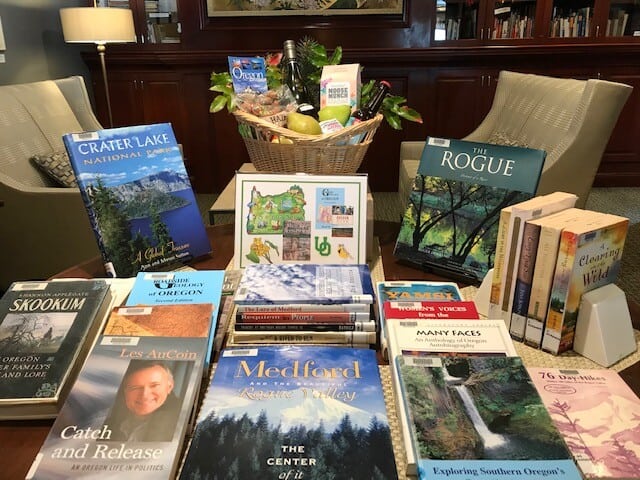

 relies on fieldwork that take place in far flung locations. The researchers must develop productive working relationships with their study subjects, while trying to decide if what they are learning from their informants is accurate or highly subjective. Obviously, this is not easy to do and takes enormous time, patience, and strong observational skills.
relies on fieldwork that take place in far flung locations. The researchers must develop productive working relationships with their study subjects, while trying to decide if what they are learning from their informants is accurate or highly subjective. Obviously, this is not easy to do and takes enormous time, patience, and strong observational skills.
